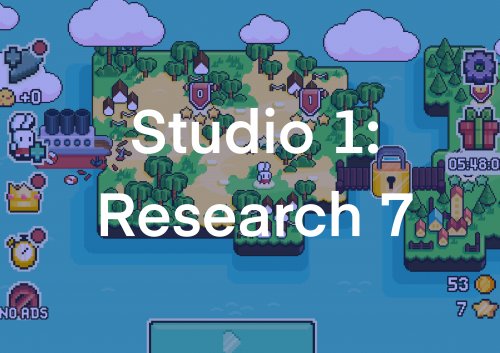Sam the Samurai is a 2015 game by Tobias Kamber, a platformer with bumper directions and jumping, about a small samurai collecting coins and stars.
The music in Sam is patterned after traditional Chinese mandolin music, but peppered with high chippy notes that meld it in with the coin collection sounds. Death is a quick and invisible mechanic, as the character is expected to die over and over, quickly restarting the level each time. As such there are no death sound effects to distract the player.
The music reminded me of Tan Dunn’s score for Crouching Tiger Hidden Dragon and made me consider the complexity of score relative to the complexity of game aesthetics.
Yeah Bunny 2 is a 2019 game by Adrian Zarzycki. It features a small bunny collecting their friends lost baby chicks from cages along a series or treacherous but adorable platform puzzles.
The first thing to note about Yeah Bunny 2 is that the music immediately feels composed specifically for it, not licensed. The soft marimba sounds are simple and silly and meet perfectly with the beachy pastel aesthetic. Every element of Yeah bunny 2 has its own responsive noise. The level select, jump sound, coin collection, carrot collection, different kinds of enemy death, and every button have their own personal noise that fit comfortably together. It adds a sense of responsiveness.
The game’s sound design reminded me of Kirby’s Epic Yarn (2010) and Super Mario Galaxy (2007) most of all. Nintendo has a specific cute, functional sound aesthetic that it has put its stamp on, the jumping sounds especially. But they’re effective tools for a reason and the specific pitch shift and timber works just as well here as in any other game. The jump movements and jump noises, to pick an example, feel natural together, both in sound psychology and timing.
This game made me seriously consider what sound effects to include in my game and where to lend a sense of responsiveness and to build on the established tone.
About This Work
By Holland Kerr
Email Holland Kerr
Published On: 29/09/2020
